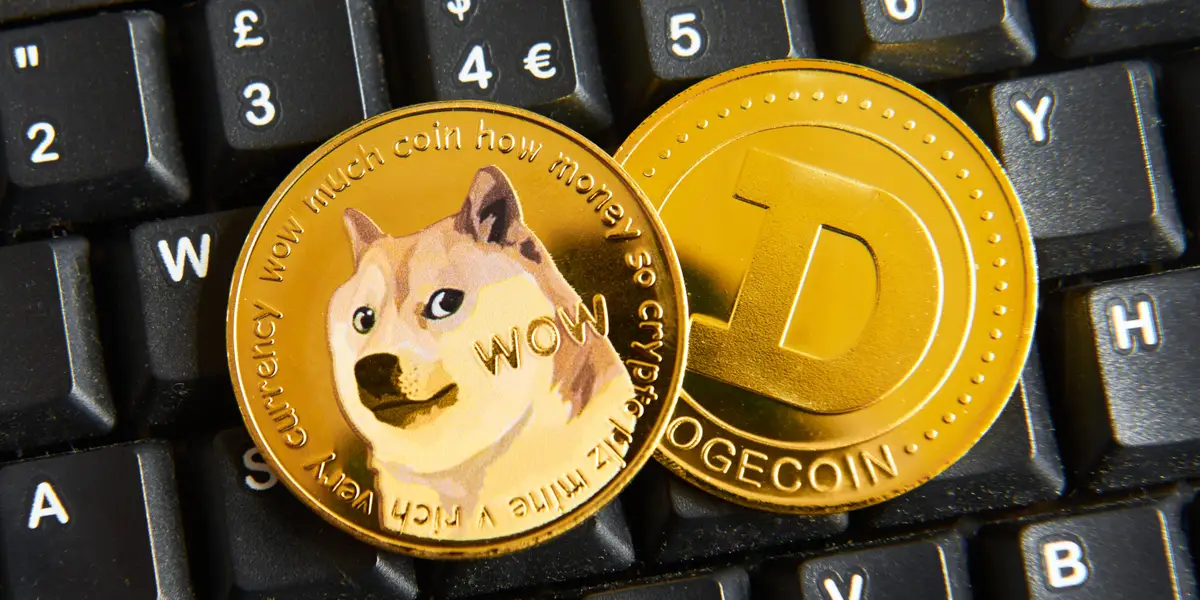Dogecoin Becomes First Memecoin Listed Through an ETF, Igniting Debate Over Speculative Assets
Dogecoin Becomes First Memecoin Listed Through an ETF, Igniting Debate Over Speculative Assets
By
Leah Rosenfeld
Last updated:
September 29, 2025
First Published:
September 29, 2025

Photo: Bitcoinist.com
A Historic Milestone for Dogecoin
In September 2025, Dogecoin, the original memecoin, achieved a significant milestone by becoming the first memecoin to be offered on the U.S. public market as an exchange-traded fund (ETF). Launched by investment firms REX Financial and Osprey Funds, the ETF, named DOJE, allows investors to gain exposure to Dogecoin through traditional brokerage accounts without the need to manage cryptocurrency directly.
The Structure of the DOJE ETF
The DOJE ETF is designed to closely track the performance of Dogecoin, with 60% of its assets invested directly in Dogecoin and 38% in 21Shares' Dogecoin Exchange Traded Product (ETP). This structure provides investors with a convenient and regulated way to invest in Dogecoin without the complexities associated with cryptocurrency custody and management.
Market Reception and Trading Volume
Upon its debut, the DOJE ETF experienced a strong reception in the market, with nearly $18 million in trading volume on its first day. This initial success reflects a growing interest among investors in gaining exposure to Dogecoin through traditional financial instruments.
Regulatory Implications and Industry Reactions
The approval and launch of the DOJE ETF mark a significant shift in the regulatory landscape, as it represents the first memecoin to be included in a U.S.-listed ETF. This development has sparked debates among industry experts and analysts regarding the legitimacy and potential risks associated with investing in memecoins through traditional financial products.
Broader Implications for the Cryptocurrency Market
The introduction of the DOJE ETF is seen as a step toward the mainstream acceptance of cryptocurrencies in traditional financial markets. It opens the door for other cryptocurrencies, including memecoins, to be considered for inclusion in regulated financial products, potentially broadening the scope of investment options available to investors.
A Pivotal Moment in Financial Integration
The launch of the DOJE ETF signifies a pivotal moment in the integration of cryptocurrencies into traditional financial markets. As the first memecoin to be included in a U.S.-listed ETF, Dogecoin's inclusion sets a precedent for the future of cryptocurrency investments and raises important questions about the role of speculative assets in regulated financial products.
Popular articles
Subscribe to unlock premium content
Disney’s Timeless Magic and How the Entertainment Giant Continues to Shape Culture and Innovation

Imran Khan’s Economic Missteps Amid Political Chaos in Pakistan

The Philippines’ Digital Shift How Remittances and BPO Are Fueling Growth

Disney’s Timeless Magic and How the Entertainment Giant Continues to Shape Culture and Innovation

Imran Khan’s Economic Missteps Amid Political Chaos in Pakistan

Disney’s Timeless Magic and How the Entertainment Giant Continues to Shape Culture and Innovation









